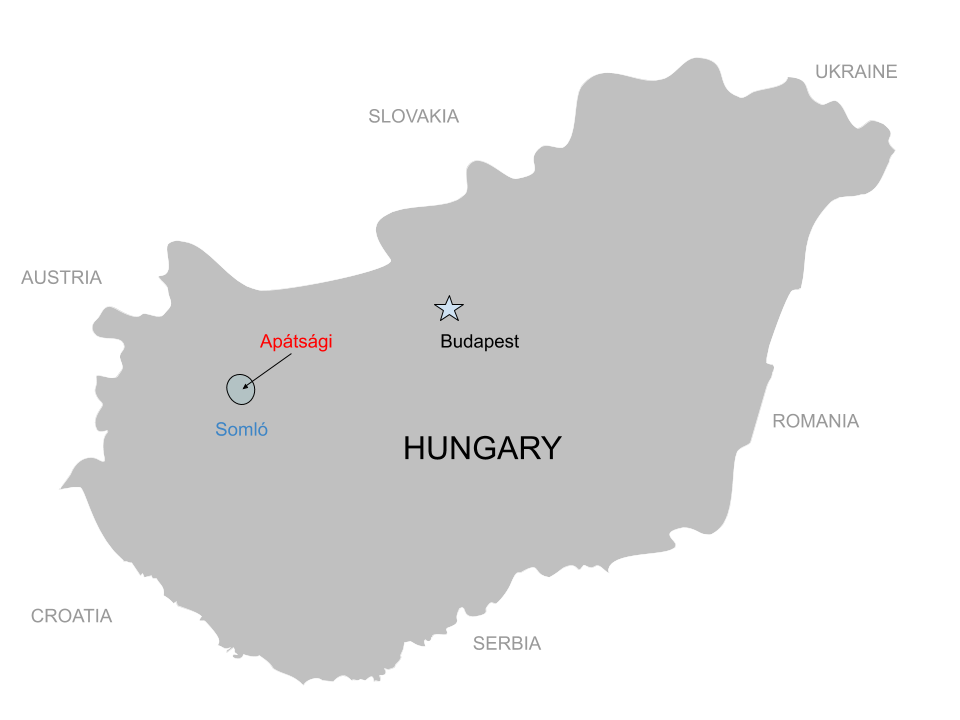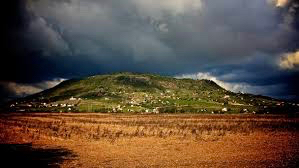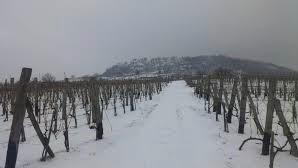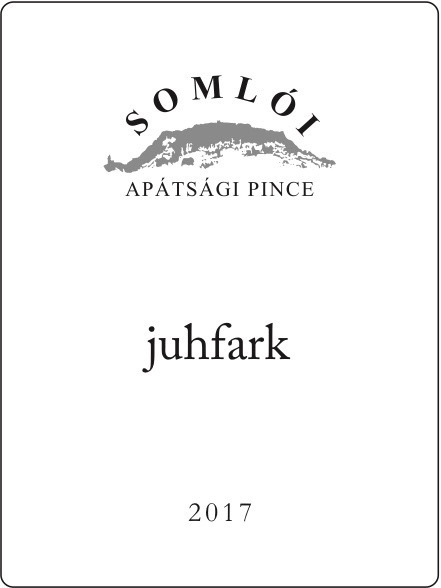

Apátsági, Somló, Hungary
Terroir has a dominant influence in the wines grown on the slopes of Somló. One can describe it as mineral and salty with the presence of flint stone and basalt.

At a Glance
2001
http://www.juhfark.hu/
Somló
Cool Continental
Chalk and basalt crumb
220-260m
Slopes of a volcanic butte
Juhfark, Hárslevelű, Furmint, Olaszrizling, Traminer
3 hectares
Certified Organic
Natural
http://www.juhfark.hu/
Somló
Cool Continental
Chalk and basalt crumb
220-260m
Slopes of a volcanic butte
Juhfark, Hárslevelű, Furmint, Olaszrizling, Traminer
3 hectares
Certified Organic
Natural

Zoltán Balogh of Apátsági
The appellation
Somló is Hungary’s smallest appellation and is the result of the erosion of ancient lava flows. A lone volcanic butte. Now dormant, its slopes of ancient sea sediment, hardened lava, and basalt are home to some of Hungary’s steepest, most densely planted vineyards. Driving up to Somló from Lake Balaton, it’s like seeing an island rise up from the ocean’s horizon.

Somló Hill
The oldest writings mentioning the wine of Somló date back to 1093 and viticulture all the way back to the Romans. Hungarian Kings bought vineyards here, Maria Theresa and Queen Victoria both praised the wines, and insurgent Hungarian troops fighting against the Habsburgs would solute the vineyards as they marched past at the end of the 17th century. In 1752, local laws stated that if you were found adding water to wine, expect 25 lashings as the minimum punishment. If you were found to be labeling wine as Somló but using other fruit sources, you would be banned from making wine permanently and might even have your property confiscated.

Somló Hill
The oldest writings mentioning the wine of Somló date back to 1093 and viticulture all the way back to the Romans. Hungarian Kings bought vineyards here, Maria Theresa and Queen Victoria both praised the wines, and insurgent Hungarian troops fighting against the Habsburgs would solute the vineyards as they marched past at the end of the 17th century. In 1752, local laws stated that if you were found adding water to wine, expect 25 lashings as the minimum punishment. If you were found to be labeling wine as Somló but using other fruit sources, you would be banned from making wine permanently and might even have your property confiscated.

Apátsági Winery
The people
Upon our last visit we were fortunate enough to run into Zoltán Balogh from Apátsági Winery. Their estate and cellar were originally owned by the Benedictine Pannonhalma Archabbey. After WWII, the land was expropriated and redistributed during Communism. It was brought back to life and replanted in 2001 with 5 people including the grandson of the last winemaker before the war. Zoltán’s grandparents were also local winemakers on the hill.

The Vineyards
Vineyards
While the top of Somló hill is around 431 meters above sea level, Apátsági’s vineyards grow between 220-260 meters. While most of what they grow are stake trained (typical of Somló), the Hárslevelű is low cordon trained. Everything is dry farmed without herbicides or pesticides. All of the vineyards are on Southeast slopes planted in a mixture of clay, sand and the ubiquitous basalt. With 3 hectares total, the breakdown is 27% Furmint, 25% Juhfark, 25% Hárslevelű, 10% Olaszrizling, and 3% Traminer.

Winemaker Tibor Fazekas
Winemaking
The red line that runs through all of their wines is picking for extreme ripeness, or what many in other regions would even call late harvest. If not for the incredibly high natural acidity these wines would be overly sweet and flabby. Grapes are hand picked and then spontaneously fermented in 600-2000 liter oak barrels. Wines are then aged in the same vessels for at least a year and then bottled unfiltered. SO2 only at bottling.

White Wine
Furmint;
12.8%
1.6 g/l
5.9 g/l
Furmint;
12.8%
1.6 g/l
5.9 g/l
This 100% Furmint is sourced from the best exposed areas of the estate. As Zoltán says, “People have been growing grapes on Somló for a thousand years. Therefore, I’m not taking an enormous risk in doing the same thing.” Zoltán picks later than anyone else we work with on the hill, but the sweet/salty acidity they are able to keep in balance is astonishing.

White Wine
Furmint;
14.4%
6.5 g/l
7.1 g/l
Furmint;
14.4%
6.5 g/l
7.1 g/l
This 100% Furmint is sourced from the best exposed areas of the estate. As Zoltán says, “People have been growing grapes on Somló for a thousand years. Therefore, I’m not taking an enormous risk in doing the same thing.” Zoltán picks later than anyone else we work with on the hill, but the sweet/salty acidity they are able to keep in balance is astonishing.

White Wine
Hárslevelű;
13.3%
7 g/l
7.6 g/l
Hárslevelű;
13.3%
7 g/l
7.6 g/l
The Apátsági Hárslevelű exemplifies what Zoltán admires about the appellation as a whole, “When you have Somló acid, why not find balance with sugar?” In fact, Somló wines were historically suited for export due to this high acidity. Prior to WWII, there were laws stating that the wines also had to be in barrel for 5 years before sale making them even more stable (and softening said acids). The wine is oily, concentrated, bright, and powerful without losing fruitiness. A very alive wine that can only come from Somló.

White Wine
Hárslevelű;
14%
10 g/l
6.2 g/l
Hárslevelű;
14%
10 g/l
6.2 g/l
The Apátsági Hárslevelű exemplifies what Zoltán admires about the appellation as a whole, “When you have Somló acid, why not find balance with sugar?” In fact, Somló wines were historically suited for export due to this high acidity. Prior to WWII, there were laws stating that the wines also had to be in barrel for 5 years before sale making them even more stable (and softening said acids). The wine is oily, concentrated, bright, and powerful without losing fruitiness. A very alive wine that can only come from Somló.

White Wine
Juhfark;
13.8%
2.1 g/l
7.2 g/l
Juhfark;
13.8%
2.1 g/l
7.2 g/l
The wine exhibits a remarkable balancing act between acidity and residual sugar that’s typical of the Apátsági wines. Whereas last time we needed 10 g/l residual sugar, this time about a quarter of that was needed despite having more or less the same acidity. Like all Somlói wines, it needs more bottle age than we can afford to give it, but the upside is that it pours by the glass in a way that each day it gets better and better.

White Wine
Juhfark;
14.4%
4.9 g/l
5.6 g/l
Juhfark;
14.4%
4.9 g/l
5.6 g/l
The wine exhibits a remarkable balancing act between acidity and residual sugar that’s typical of the Apátsági wines. Whereas last time we needed 10 g/l residual sugar, this time about half of that was needed despite having more or less the same acidity. Like all Somlói wines, it needs more bottle age than we can afford to give it, but the upside is that it pours by the glass in a way that each day it gets better and better.
